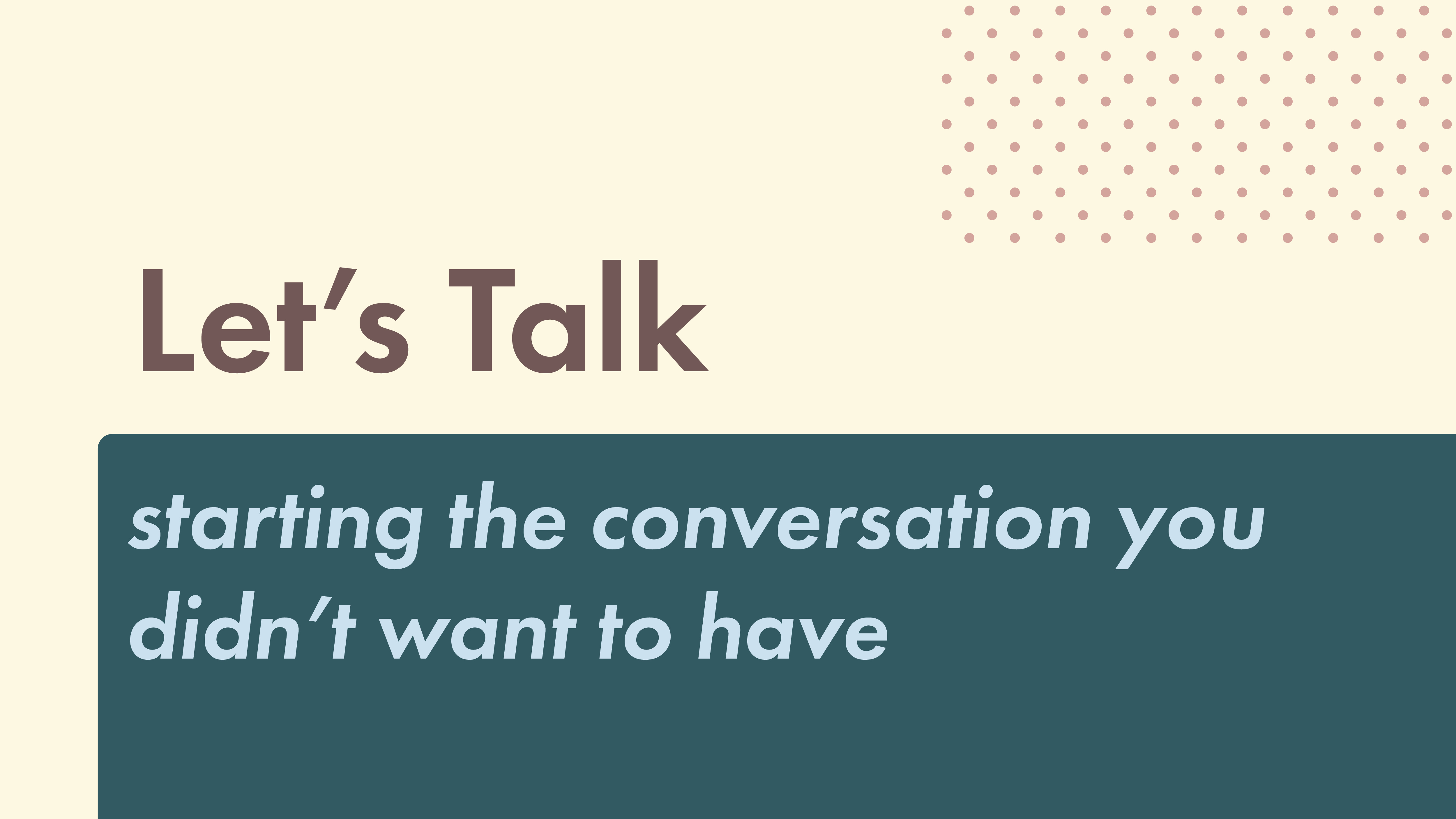
By Emma Halper, Joan Tabachnick, and Rachel King
Where is the guidance for conversations about concerning sexual behavior among college students? Where are the conversations about a wide range of sexual behaviors, intentions, motivations, and situations?
While there are no easy answers to such complex student interactions, there is a piece of the puzzle that has been missing from our conversations. This new NSVRC resource Let’s Talk dives into these complex situations and offers concrete information about how to talk to a friend or peer when you are concerned about their behaviors. It also covers what has been missing from student resources so far, which is guidance on how to receive the information when a friend or peer says they are concerned about your own behaviors.
How can this be useful?
On campuses across the country, students are engaging in programs about consent and sexual violence, participating in bystander intervention trainings, and advocating for better protections from their institutions. This is essential work and necessary in every college and university. But when a bystander intervenes and everyone gets home safe, what happens the next day? Does anyone reach out to have a conversation with the student who was at risk of causing serious harm? And what about that friend or teammate whose behavior isn't exactly a red flag, but is concerning enough to make others uncomfortable?
Sometimes nothing is done. Sometimes incidents are reported to a school’s Title IX office. And sometimes students take it upon themselves to talk with the person whose behavior is problematic. The Let’s Talk guide is for these students. This resource offers valuable insights on how to make the decision to talk, what to say, and how to say it. The Let’s Talk Campus Bystander Resources sections include:
- What Is Problematic Sexual Behavior
- Deciding What To Do and When to Intervene
- How to Have the Conversation
- You are told that YOU have crossed the Line
There is also a 1-page infographic, and a suite of Instagram graphics distilling some of the main points of different sections.
How did we create this resource?
Our first step in creating this guide was talking with students. We based our initial conversations on a brochure developed by Stop It Now!, a child sexual abuse prevention organization, about how to talk with someone you know when you are concerned about their behaviors. In focus groups and individual conversations with students, we discovered that everyone has a story related to this topic. Either a time when they wanted to have a conversation but didn’t, or a time when they attempted the conversation, but felt lost and confused without a script or guidance.
Students described feeling that they live in a world of absolutes – right-and-wrong thinking when it came to sexual relationships. There are the “known rapists,” the “assumed or suspected rapists,” and the rest of the student population. However, they also talked about peers whose expressed beliefs and attitudes were problematic, and had also seen a lot of concerning behaviors. For example, getting really drunk with a crush in the hopes that, with inhibitions down, ‘something’ might happen. Or partying with the goal of going home with someone at the end of the night. Remarks about who was easy, bets about who could hook up with someone first, and so much more. These were not situations of absolutes.
And through all this, students talked about the pressure to categorize all interactions: Was that assault or not? Are they a “good person” or not? Should I keep hanging out with them or not?
These don’t need to be either/or questions, but students didn’t seem to easily have access to any alternative.
Students said that the many changes that come with starting college left them feeling confused and out of their depth. These changes include increased academic rigor, finding friends and a social group, and adjusting to new social norms. Students also said that these feelings of confusion and doubt are much greater when it comes to questions of sex, boundaries, harm, and accountability with peers. Research tells us that students are hesitant to seek help from campus administrators, feeling like most of the options focus on investigating and punishing the person who caused harm rather than supporting the wants and needs of survivors.
For a student who wants to have a conversation like this, having some guidance on thinking through whether to have a conversation, whether it is safe to have a conversation, as well as advice on how to say things, will be transformative.
It is our belief that these conversations can play a powerful role in preventing sexual violence. This resource is not the simple answer that many are looking for. But it is a missing piece of the puzzle to add to the resources on campus for students who are concerned about their own behaviors or about the behaviors of someone they know and care about.
